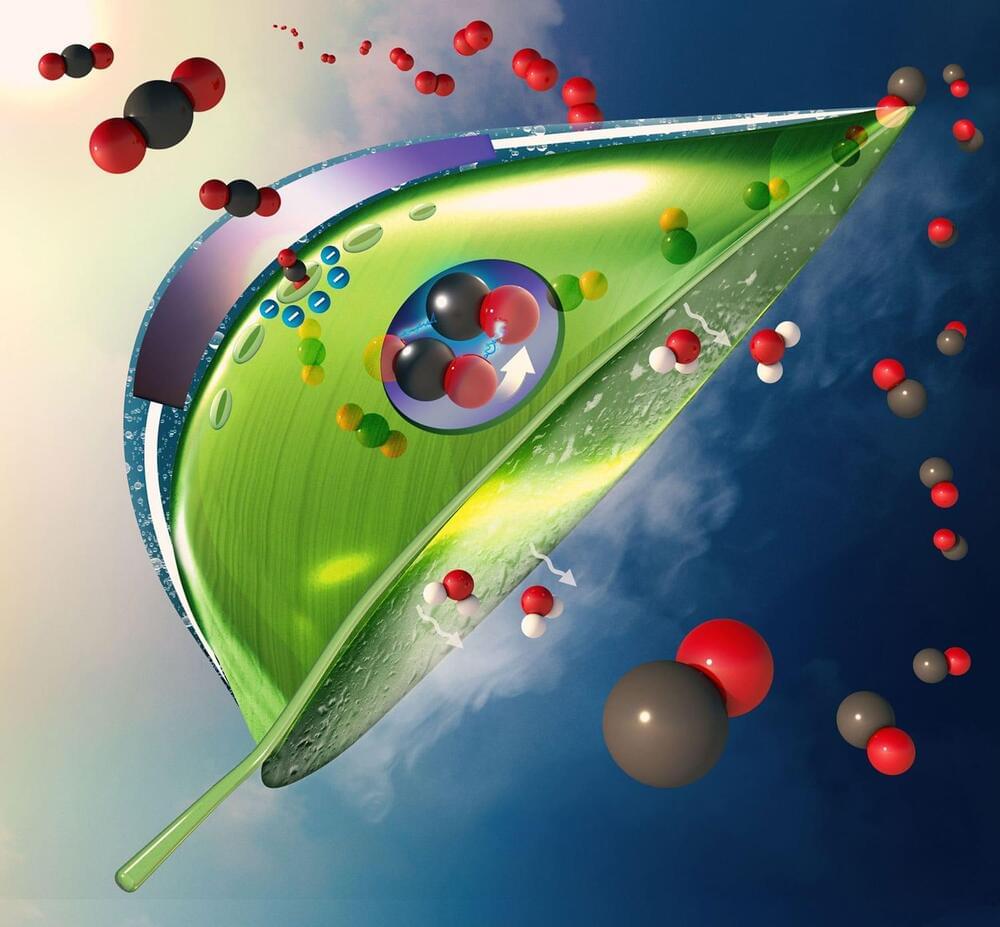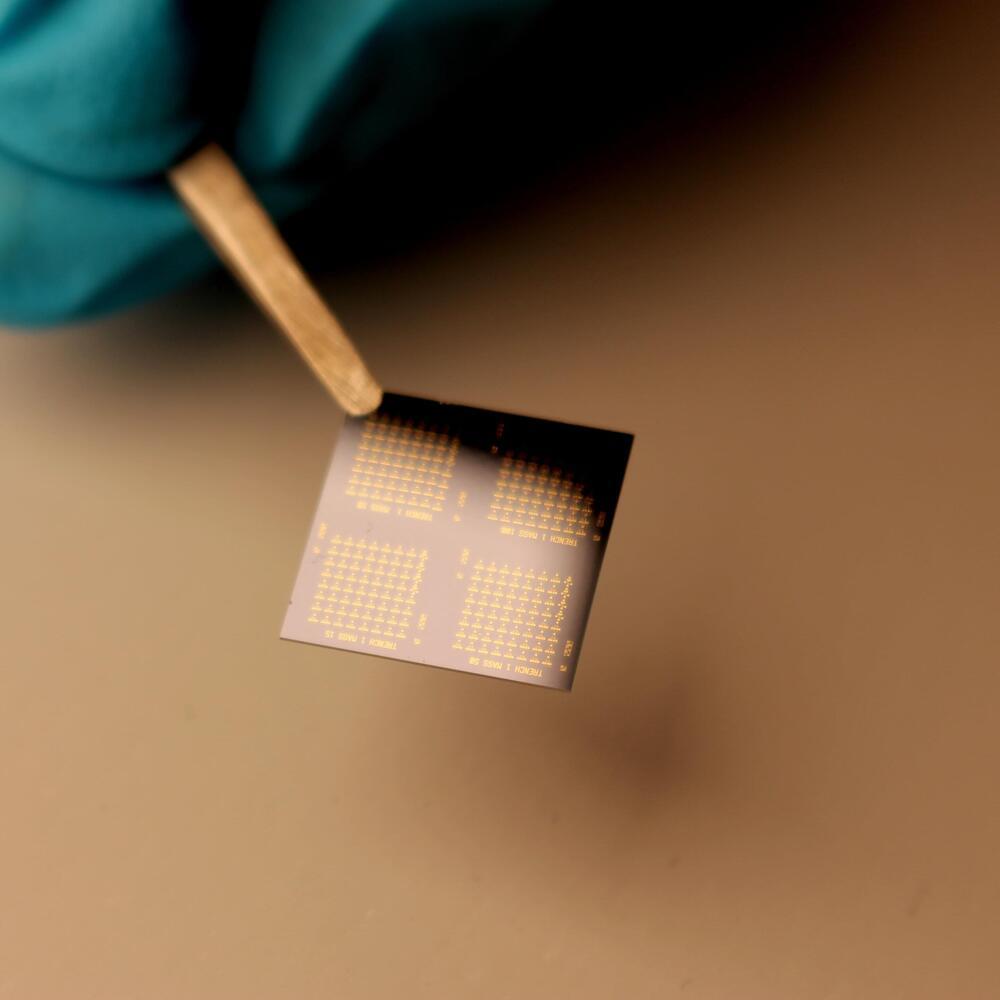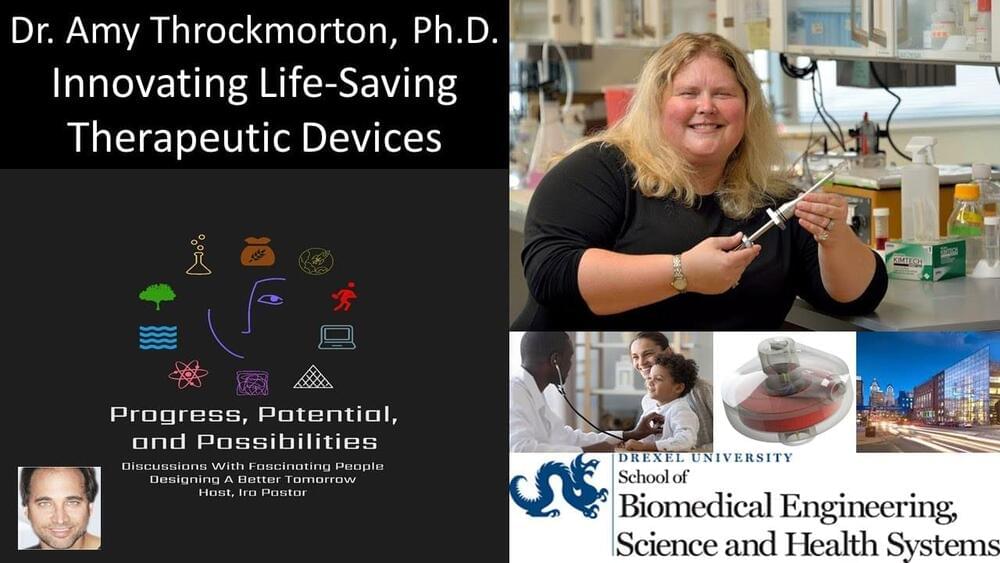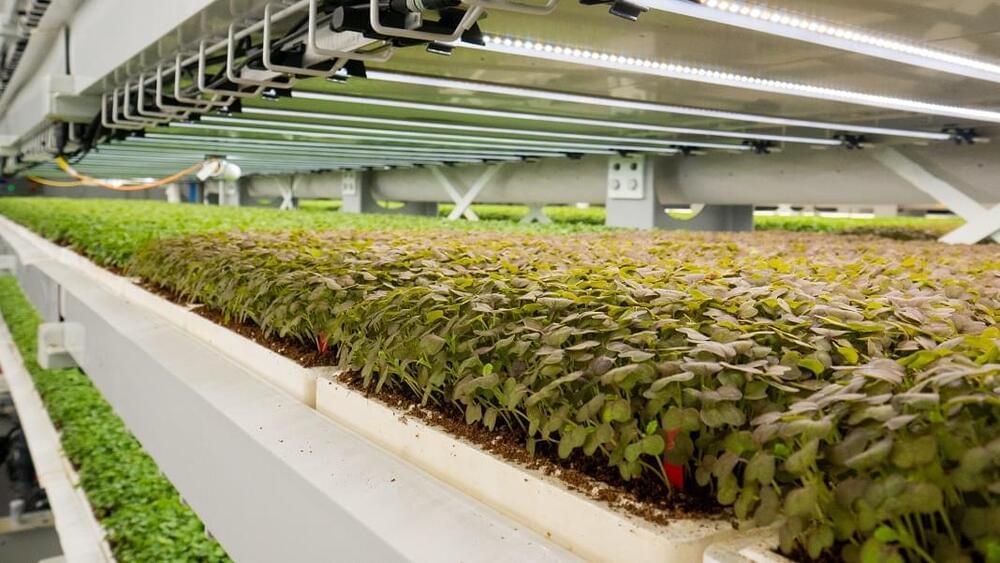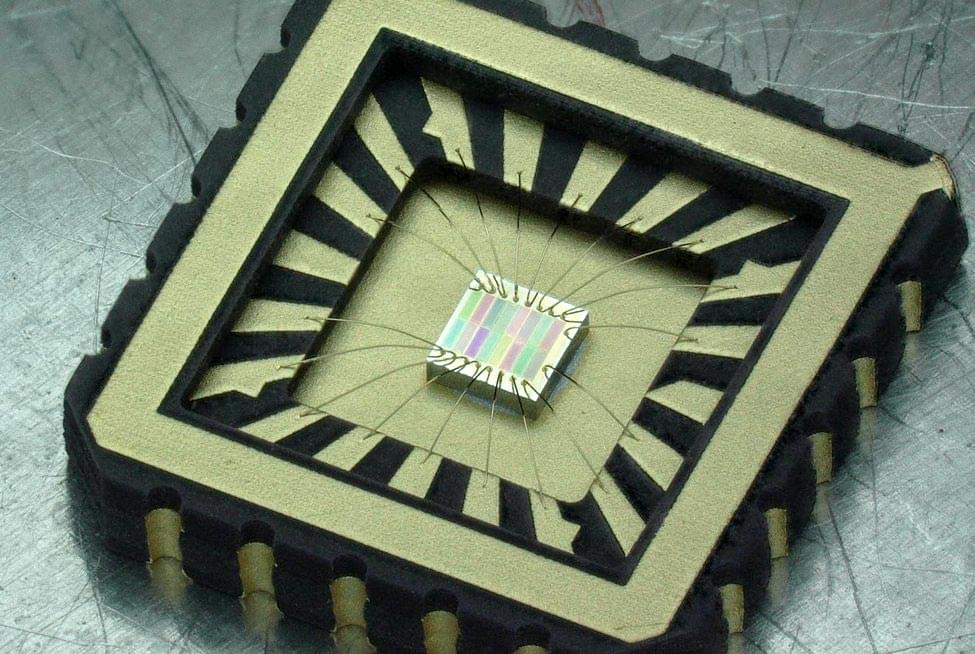Jan 30, 2022
Quantum Computers Could Crack Bitcoin. Here’s What It Would Take
Posted by Dan Breeden in categories: bitcoin, chemistry, cryptocurrencies, cybercrime/malcode, encryption, energy, mathematics, quantum physics, supercomputing
Quantum computers could cause unprecedented disruption in both good and bad ways, from cracking the encryption that secures our data to solving some of chemistry’s most intractable puzzles. New research has given us more clarity about when that might happen.
Modern encryption schemes rely on fiendishly difficult math problems that would take even the largest supercomputers centuries to crack. But the unique capabilities of a quantum computer mean that at sufficient size and power these problems become simple, rendering today’s encryption useless.
That’s a big problem for cybersecurity, and it also poses a major challenge for cryptocurrencies, which use cryptographic keys to secure transactions. If someone could crack the underlying encryption scheme used by Bitcoin, for instance, they would be able to falsify these keys and alter transactions to steal coins or carry out other fraudulent activity.

